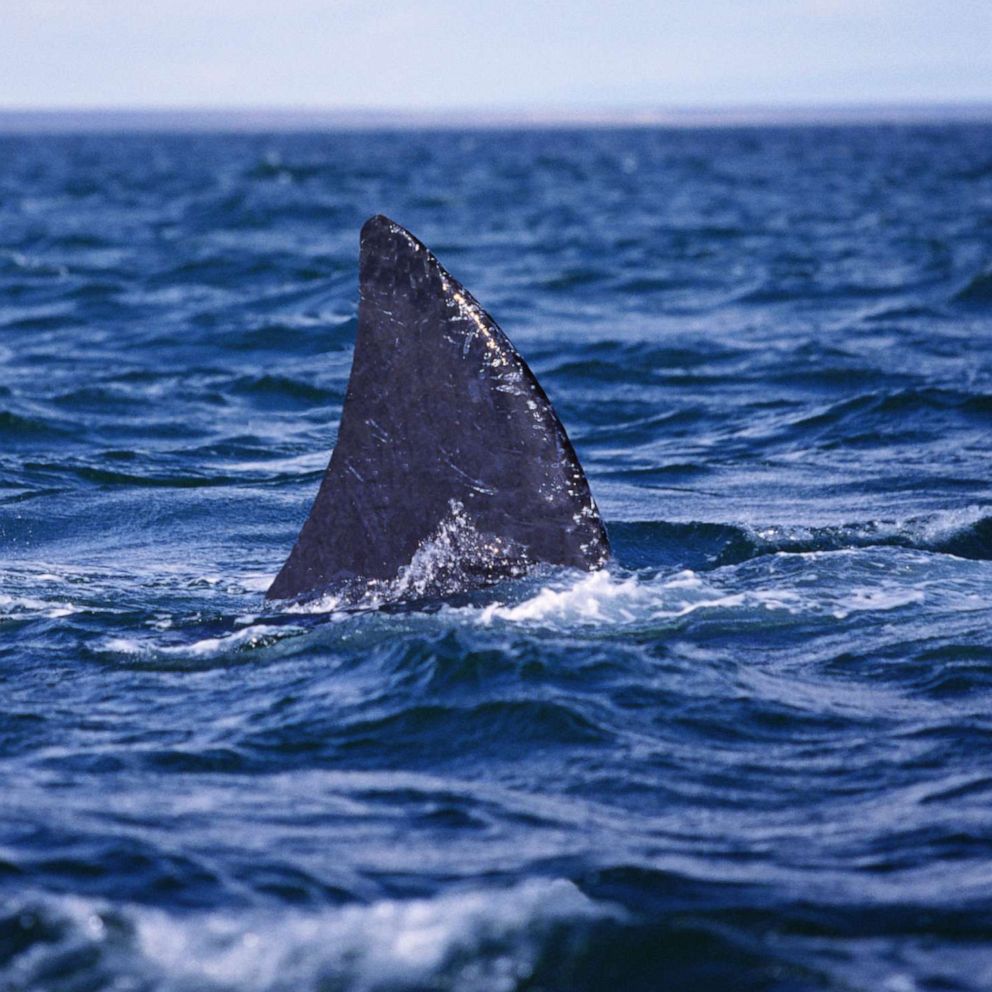Nightline Daily E-Mail
May 30, 2003 -- TONIGHT'S FOCUS: They said it couldn't be done, until two men actually did it fifty years ago. Climbing Mt. Everest. These days, there are dozens of climbers lined up on the mountain waiting for their turn on the top of the world. The mountain is littered with trash and debris, but also with the bodies of the almost two hundred climbers who have died.
Years ago I went to Tibet on vacation. At times we were at about 17,000 feet in elevation. It was hard to breathe. My group was on the third floor of a hotel. You came down the stairs once, and went back up once. If you forgot something, too bad, because you didn't want to go back up the stairs again. It was too hard. I got very depressed and stopped eating, all from the altitude. Now 17,000 is about the altitude for the base camp on Everest. That's where people go to get ready for their climb. There was even a marathon held on the mountain a little while ago.
How do they do it? More to the point, why do they do it? The famous answer is, of course, "because it is there." Fifty years ago Sir Edmund Hillary and Sherpa Tenzing Norgay became the first men to ever make it to the top. And that was before goretex and all of the other modern advances that climbers now have at their disposal. It was an amazing feat then, and still is today. But the mountain is crowded now. Some climbers complain that if you hire enough Sherpas, they can literally drag just about anyone up to the summit. And it's true, people who are not experienced climbers have made it all the way up. And many climbers, experienced and otherwise, have paid the ultimate price. They have died on Everest, their bodies remaining on the slopes forever.
To mark the 50th anniversary of the first summit, Hillary and Norgay's two sons, who had made the summit before, went up again. ABC correspondent Mark Litke and producer Andrew Morse mounted their own expedition up to base camp. They'll report tonight on what that first climb was like fifty years ago, and what is happening on the mountain now, and also just how difficult it is to function at the top of the world. They'll also give you a little insight into the Sherpa culture, the people who have made a living out of getting other people, and their gear, up the mountain.




